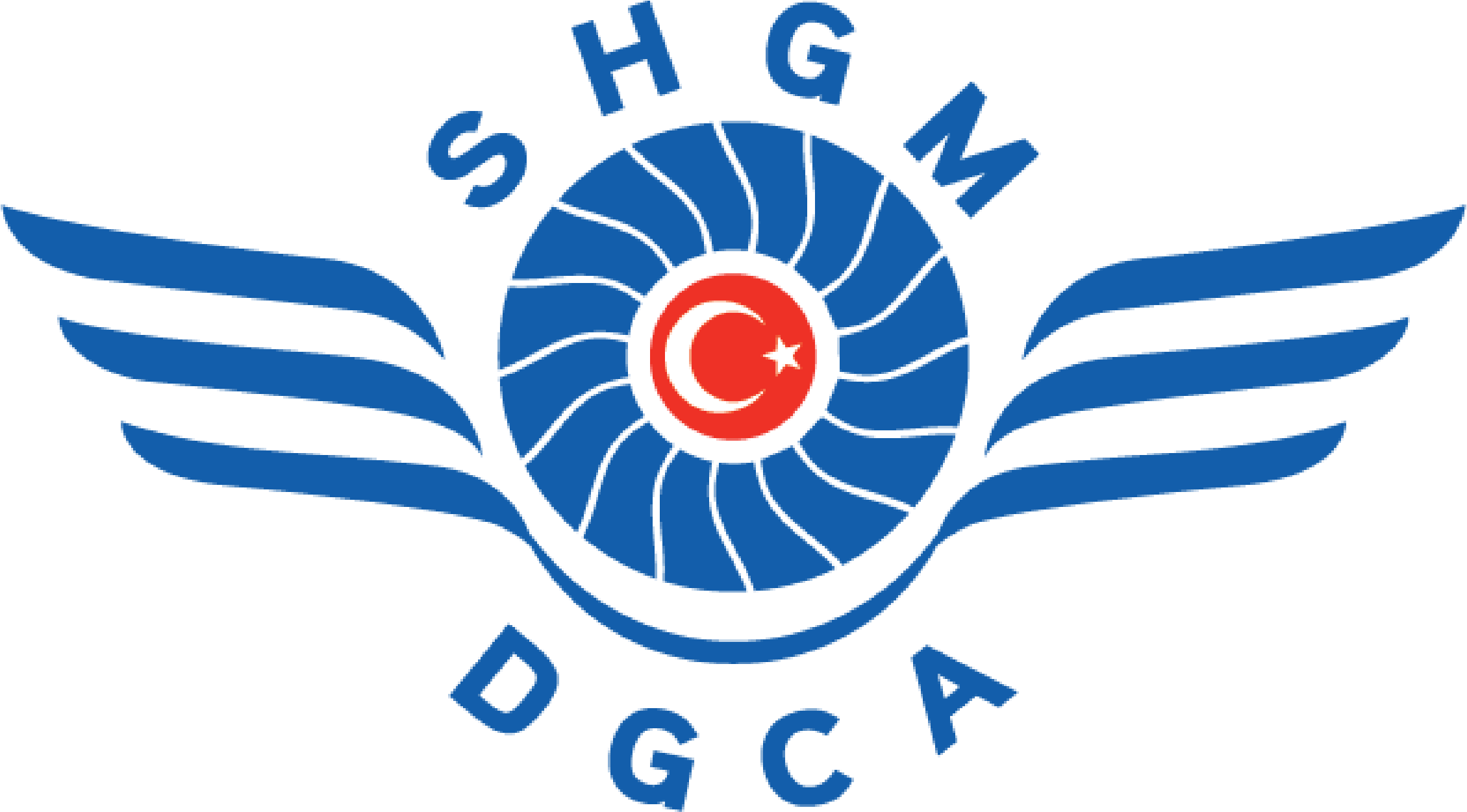Attention to cramps during swimming
With the arrival of Ramadan Feast in June, many people flocked to the coast to spend their holidays at sea. Increasing sporting activities, especially swimming, may cause some problems. One of them is cramps during swimming. Physiotherapist Çağıl Ertürk explained what should be done in case of cramps during swimming and how it can be prevented.
Cramps, which can be seen in one or more muscle bundles, are short but sometimes up to 10 minutes. Increased air temperatures in muscle cramps with the loss of liquid mineral deficiency is also very important. Magnesium, potassium and calcium deficiencies provide an environment for muscle cramps. Lecturer at Istanbul Gelisim University Department of Physiotherapy and Rehabilitation Çağıl Ertürk said that the exact reason of cramp is unknown.
Physiotherapist Ertürk continued:
“However, magnesium and calcium deficiency is the cause of cramps because it increases the excitability of nerve endings and muscle fibers. Nutritional deficiencies, dialysis, diuretic use, diabetes, circulatory disorders and alcohol use are among the causes. Vitamin D deficiency has an effect due to its relationship with calcium. Exercises that cause excessive fluid and electrolyte loss through sweating or breathing can cause cramping.”
WHAT TO DO IN THE CASE OF CRAMPING IN THE SEA?
Stating that “As an example, we can give people who play volleyball under the sun before swimming in the holiday season and then enter the sea for swimming” Physiotherapist Ertürk continued: “During cramping, a visible or tactile stiffness occurs in the corresponding muscle group. It is painful and the muscle group involved during cramping becomes unusable. Calf and foot muscles are usually involved. If you are faced with cramps while at sea or in the pool, all you need to do is swim calmly to the shore without panic. Panic can increase muscle cramps and put the person at risk of suffocation. You can try to alleviate by rubbing your leg. As the person reaches the shore with the effect of cramping, he should be tired more than usual and try to reach the land by swimming on his back without losing time. When the person reaches the shore should be placed on a flat surface, cramping the foot slowly trying to restore the calf muscles by giving light pressure to move the patient's foot back and forth, cramp should be reduced to help. You can help your cramped leg by making a spring movement with your other leg.”
WARNING TO PREGNANTS
Physiotherapist Ertürk emphasized that cramps are frequently encountered during pregnancy said: “It increases the pressure on the vein with the rapid growth of the baby, especially in the later stages of pregnancy. This causes circulatory problems in pregnant women. Inadequate response of the mother to the baby's increasing calcium needs due to malnutrition increases cramps. In addition, with the increasing temperatures, pregnant women carry more risks than other people. Pregnant women with circulatory problems who stay in the heat for a long time and face cramps in the sea may make it difficult for mothers”
PLENTY OF WATER AND EXERCISE
Physiotherapist Ertürk explained what should be paid attention to prevent cramps and made the following suggestions: “For this reason, fluid loss should be paid attention, plenty of water should be consumed, stretching exercises should be done at regular intervals before entering the sea, and if a condition with circulatory problems is suspected, a doctor should be consulted. Behind some cramps, there may be reasons for various diseases. Therefore, it is advisable to see your doctor if it is repeated or takes longer.”
.jpg) Created Date: : Monday, June 10, 2019
Created Date: : Monday, June 10, 2019
.jpg) Created Date: : Monday, June 10, 2019
Created Date: : Monday, June 10, 2019







